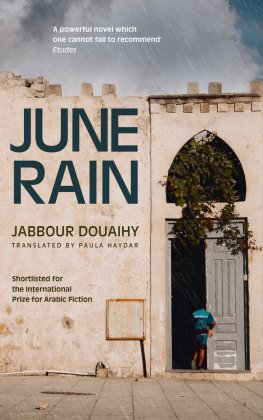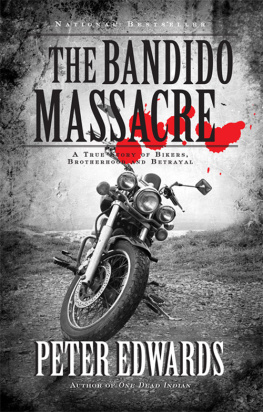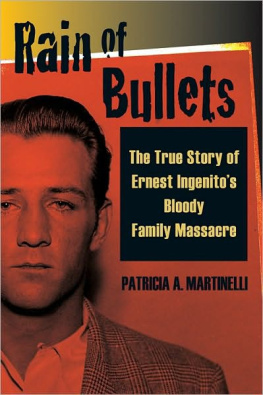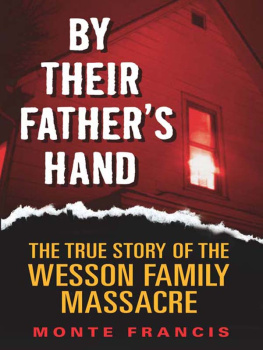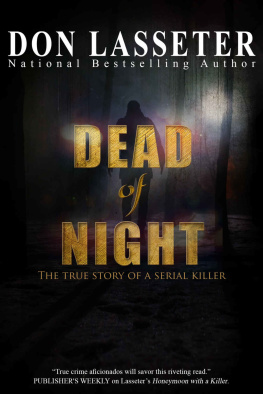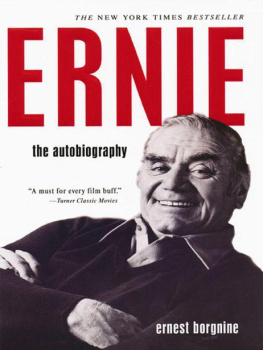PATRICIA A. MARTINELLI



To the victims and the survivors of domestic violence with my deepest respect
Principals
The Ingenito Family
Ernest "Ernie" Martin Ingenito, the accused
Theresa "Tessie" Mazzoli Ingenito, his wife
Michael Ingenito, their older son
Ernest Ingenito Jr., their younger son
The Mazzoli Family
Michael "Mike" Mazzoli, Tessie's father
Pearl "Pia" Pioppi Mazzoli, Tessie's mother
Frank Mazzoli, Mike's younger brother
Hilda Patella Mazzoli, Frank's wife
Nola Mazzoli, older daughter of Frank and Hilda
Barbara Mazzoli, younger daughter of Frank and Hilda
Frank Mazzoli, son of Frank and Hilda
The Pioppi Family
Armando Pioppi, Tessie's grandfather
Theresa Biagi Pioppi, Tessie's grandmother
John Pioppi, Tessie's uncle
Jino Pioppi, Tessie's uncle
Marion Volpa Pioppi, Jino's wife
Jeannie Pioppi, older daughter of Jino and Marion
Teresa Pioppi, younger daughter of Jino and Marion
Armando "Mando" Pioppi, son of Jino and Marion
Other Family Members
Dominick Biagi, Tessie's maternal grandmother's brother
Eva Biagi, Dominick's daughter
New Jersey State Police Investigators
Capt. Howard Carlson
Lt. Hugh Boyle
Lt. Julius Westphalen
Sgt. George T. DeWinne
Det. Sgt. William Conroy
Det. Cpl. William B. Piana
Det. Frank Morrisey
Det. Carl Dereskwicz
Tpr. Leonard Cunningham
Tpr. Nicholas Fagnino
Tpr. Herbert Kolodner
Tpr. John Kurtland
Tpr. Raymond Vorberg
Tpr. George Yeager
Additional Law Enforcement Officials
George Small, Investigator, Gloucester County Prosecutor's Office
George H. Stanger, Prosecutor, Cumberland County
Judges
Judge John B. Wick, Gloucester County Superior Court
Judge Elmer B. Woods, Superior Court Assignment Judge
Prosecuting Attorneys
E. Milton Hannold, Prosecutor, Gloucester County
Guy Lee Jr., Prosecutor, Gloucester County
Rowland B. Porch, Assistant Prosecutor, Gloucester County
Emory Keiss, Assistant Prosecutor, Atlantic County
Defense Attorneys
Herbert H. Butler
Charles Cotton Camp
Louis B. LeDuc
Frank Sahl
Philip Shick
Wellford H. Ware

On the night of November 17, 1950, Ernest Ingenito went on a shooting rampage against his in-laws, killing five people, wounding four others, and affecting the course of many lives with his actions. The shootings occurred in South Jersey, an idyllic place to live at that time. A small population was stretched across miles of rural countryside, and everybody knew everybody else. Very few people had money, but that was all right; chances were good most of your neighbors were in the same boat. Nobody locked their doors. Most kids had open fields to run in and cool streams to splash in when they weren't playing games. Adults generally spent their free time watching television, reading magazines, or talking to one another. Occasionally, everyone might pile into the family car and go for a ride that sometimes ended at the local Stewart's for a round of hot dogs and frothy Black Cows. Violence of this type was something that happened elsewhere, usually in "the city." At the same time, such tragedies were simply not as commonplace as they are now, whether you lived in the city, suburbs, or country. Was it a more innocent time? Of course not. Did it feel like it was? You bet.
I had grown up in South Jersey knowing the bare bones of this story, because it was related, literally through marriage, to my own extensive family. Like most kids, I gave it only nominal attention; for me, there were so many other, more important things to worry about in those days. But in recent years, as I began to write about crime on a regular basis, it seemed like a subject that deserved further exploration for a number of reasons. As a former newspaper reporter who for many years had covered similar stories in the region, I recognized this case as a classic example of what happens when domestic violence explodes.
In addition, telling this story gave me, a second-generation Italian-American woman, a chance to explore the world of the Italians and their children who settled in South Jersey in the late-nineteenth and early-twentieth centuries. Having grown up very close to my roots, which ran deep throughout the area, I have written about a world in which I feel comfortable. In this book, I specifically address the perspective of the Italians of South Jersey, because they were primarily involved in what happened, and because their life experiences colored the events accordingly. The immigrants and their children were a very close-knit group of people; their descendants, even sixty years later, remain the same, often reluctant to discuss on the record what happened all those years ago. When they did talk, passions were sometimes still as strong, as if the murders and assaults had occurred the day before.
Finally, I felt it was important to tell this story because it reveals, at its heart, just how complex human beings are as a species. As a student of history, I have always been fascinated by human behavior. I am not pretending, however, that this book will resolve any of the questions that have plagued civilization since the beginning of time. I doubt that anyone will ever really know the contents of another person's heart, let alone understand why we are unable to treat each other better during the short time we are here. I do not spend a lot of time theorizing about why Ernest Ingenito decided to pick up his guns and start shooting that night. I do not make judgment on his morality, character, or sanity. I will let each reader make up his or her own mind on the matter.
Many of the people who were directly involved in the case passed away before I began my research. Fortunately, their memories live on through others, who were kind enough to share their perceptions about those friends, colleagues, and family members who are no longer here to speak for themselves. Many records remain-some generated by Ernest Ingenito himself-allowing me to reconstruct the chain of events that occurred in the weeks preceding the night of November 17, 1950, and the trials that came afterward. Not surprisingly, there are a few gaps, but none, I think, that have an adverse affect on the story. I have kept the courtroom testimony in the order it was presented, but some of it has been condensed to avoid repetition and irrelevancy. I was not concerned about the number of stenographers who were present in court each day. Sometimes, I left witnesses out completely. This is because I wanted to tell a story and avoid sounding like a trial transcript. For the record, the prosecution called more than forty witnesses to testify against Ingenito; the defense attorney called eight, including the accused, to speak on his behalf.
Sadly, a lot of questions were raised about this incident that may never be adequately answered. Besides the obvious one-why did he do it?-I had difficulty trying to figure out the prosecution's reasons for the way it initially presented the case. In light of the seriousness of the crimes, I was unable to understand why Ingenito received the sentences that he did, which resulted in his serving a relatively short time in jail. I was truly surprised to learn that he was never prosecuted for any of the assaults on those who survived. Even some of the legal experts I consulted were puzzled as to why Ingenito was spared from the electric chair at a time when other murderers, some of whom had killed only one person, received the ultimate punishment. For example, Howard Auld, a thirty-oneyear-old former paratrooper and chauffeur from Bellmawr, was executed in the electric chair at 8:06 P.M. on March 27, 1951, at the New Jersey State Prison in Trenton. He received this sentence in 1945 for the brutal murder of one woman, twenty-three-year-old Margaret McDade, a waitress from Philadelphia who had refused his advances.


